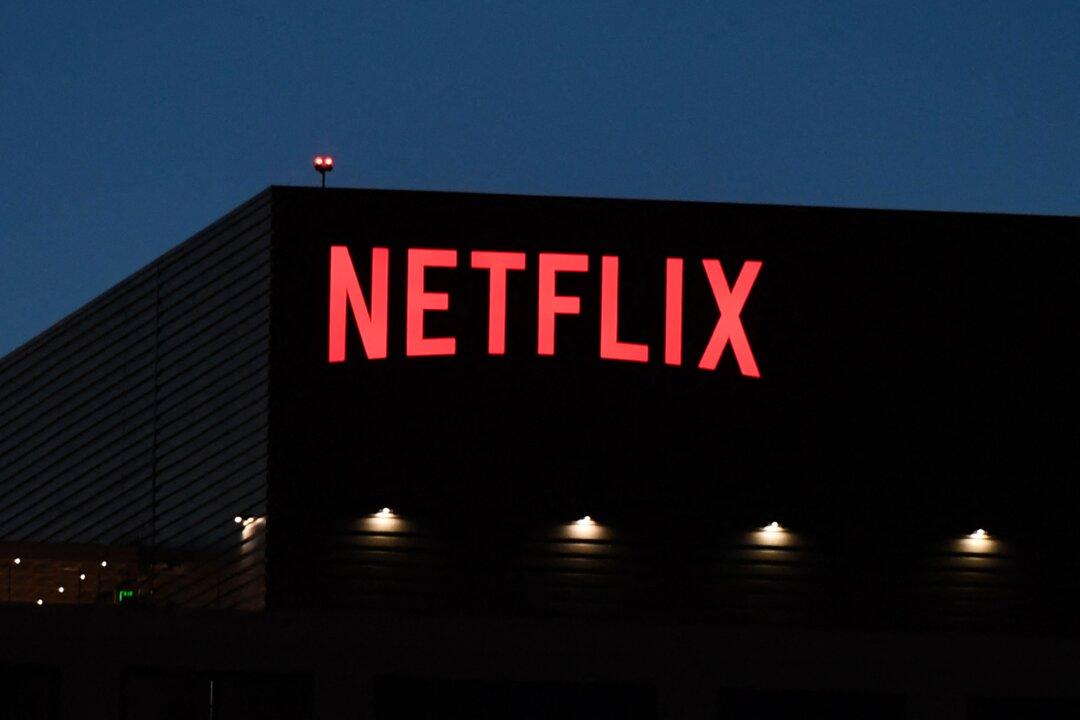California-based streaming and production services giant Netflix on Oct. 17 reported adding 5 million-plus subscribers in the third quarter, on top of the 8.8 million it added in the previous quarters.
Panos Mourdoukoutas is a professor of economics at Long Island University in New York City. He also teaches security analysis at Columbia University. He’s been published in professional journals and magazines, including Forbes, Investopedia, Barron's, IBT, and Journal of Financial Research. He’s also the author of many books, including “Business Strategy in a Semiglobal Economy” and “China's Challenge.”
Author’s Selected Articles





